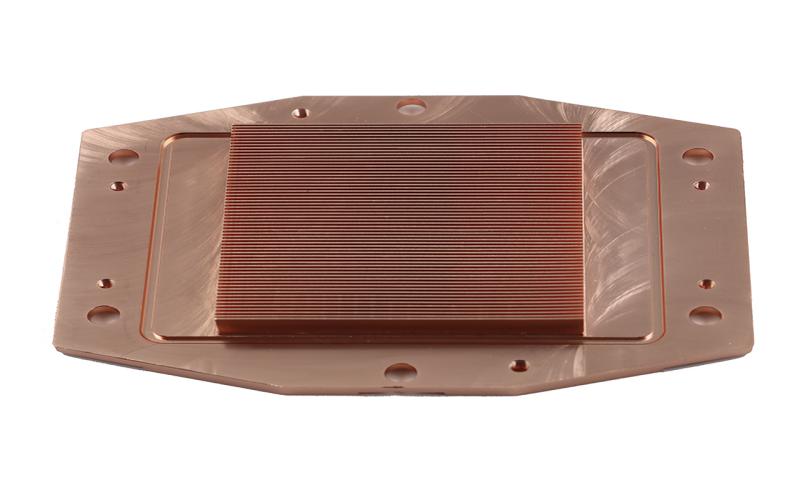The Basics of Heat Dissipation
When it comes to electronic devices, heat dissipation is a critical aspect that ensures optimal performance and longevity. One of the most common methods used to cool electronic components is by employing a heatsink. But have you ever wondered how a heatsink actually cools down a device? In this article, we will explore the science behind how a heatsink works and its role in heat dissipation.
What is a Heatsink?
A heatsink is a passive cooling device that is commonly used in electronic devices to dissipate heat generated by various components such as CPUs, GPUs, and power transistors. It is typically made of an aluminum or copper alloy and is designed to maximize the surface area available for heat transfer. The heatsink is attached directly to the component that generates heat and helps to dissipate it efficiently.
The Principle of Heat Transfer
Before diving into how a heatsink cools, it is crucial to understand the principle of heat transfer. Heat can be transferred in three ways: conduction, convection, and radiation. In the case of a heatsink, both conduction and convection play key roles in cooling down the electronic component.
Conduction: The First Step in Cooling
Conduction is the process of heat transfer through direct contact. In the case of a heatsink, it is attached directly to the component that generates heat, such as a CPU. The heatsink absorbs the heat through conduction, allowing it to spread across its surface area.
Increasing Surface Area for Enhanced Cooling
One of the primary purposes of a heatsink is to increase the surface area available for heat transfer. By having a larger surface area, more heat can be dissipated into the surrounding air. The design of a heatsink often includes fins or ridges, which further increase the effective surface area, allowing for better cooling.
Convection: The Key to Heat Dissipation
Convection is the process of heat transfer through the movement of a fluid, usually air in the case of a heatsink. Once the heatsink has absorbed the heat through conduction, it relies on convection to dissipate that heat into the surrounding air. The movement of air over the fins or ridges of the heatsink helps to carry away the heat, cooling down the electronic component.
Understanding Airflow and Its Impact on Cooling
Airflow plays a crucial role in the cooling efficiency of a heatsink. When there is a higher airflow rate, more heat can be carried away from the heatsink. This is why many computer systems employ fans or other cooling mechanisms to increase the airflow around the heatsink and improve cooling performance.
Thermal Interface Materials: Enhancing Heat Transfer
In order to optimize heat transfer between the electronic component and the heatsink, thermal interface materials are often used. These materials, such as thermal paste or thermal pads, fill any gaps or imperfections between the two surfaces, ensuring maximum contact and efficient heat transfer.
Factors Affecting Heatsink Performance
Several factors can impact the performance of a heatsink in cooling a device. The material used for the heatsink, its design, the airflow rate, and the thermal interface materials all play a role in determining how effectively heat is dissipated. It is important to consider these factors when selecting and installing a heatsink for optimal cooling.
Beyond Heatsinks: Advanced Cooling Solutions
While heatsinks are commonly used in electronic devices, more advanced cooling solutions have been developed to address the increasing heat dissipation requirements of modern technologies. These include liquid cooling systems, heat pipes, and thermoelectric coolers, which provide even greater cooling capabilities for high-performance devices.

